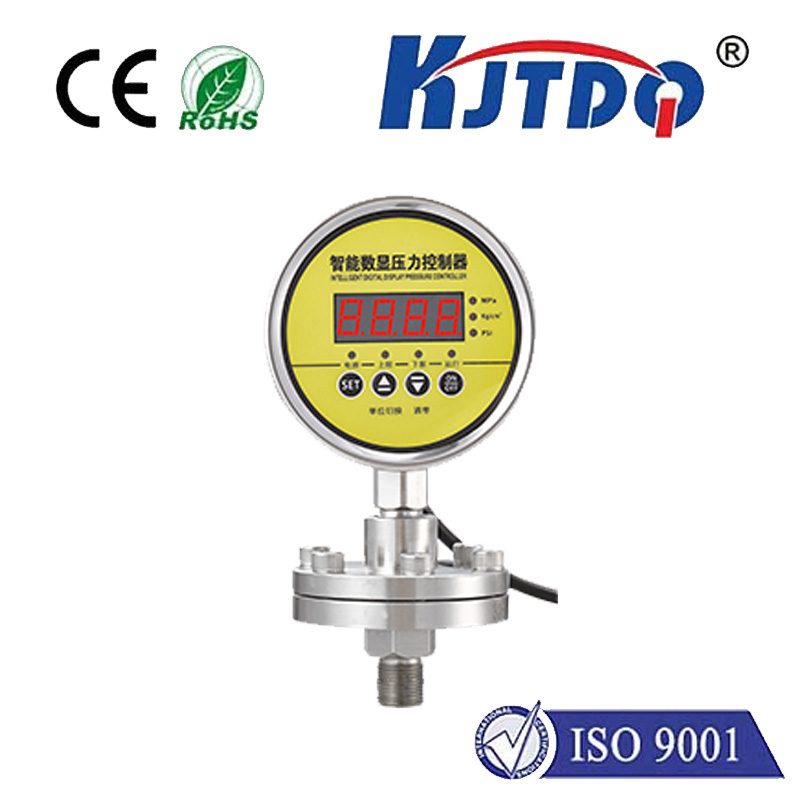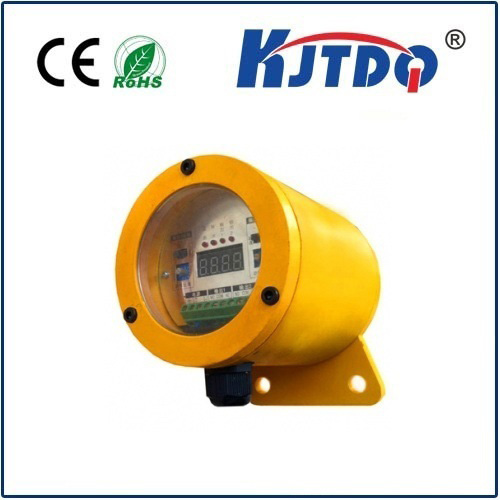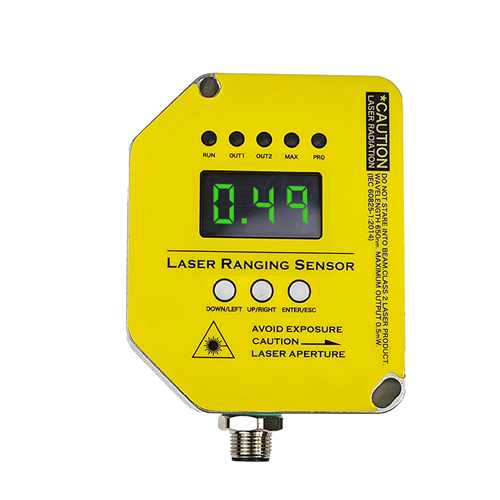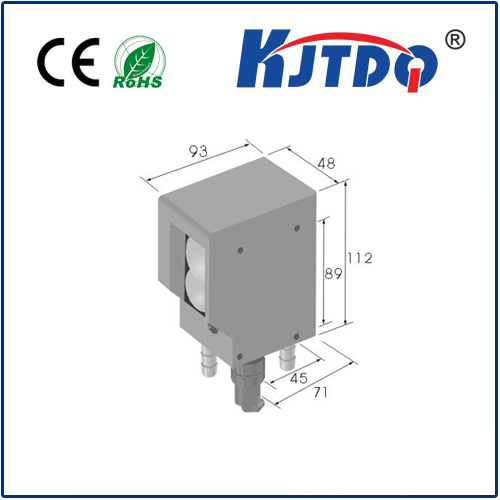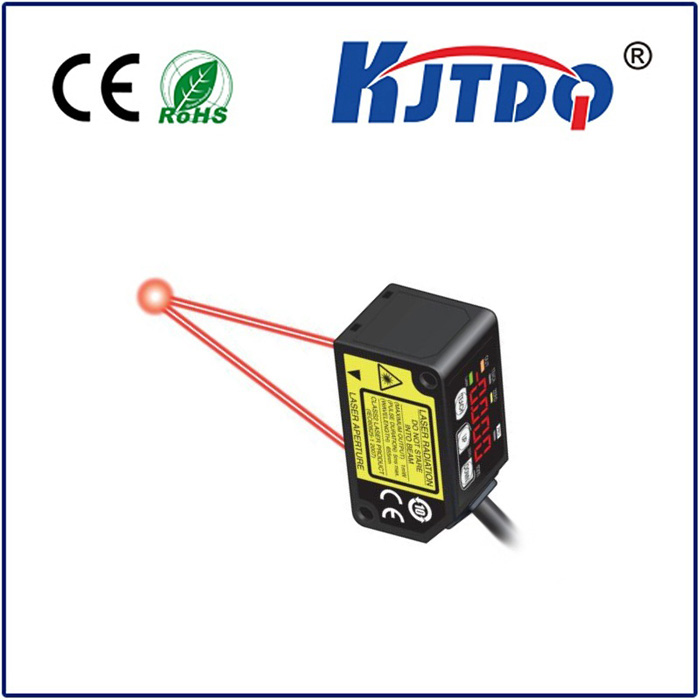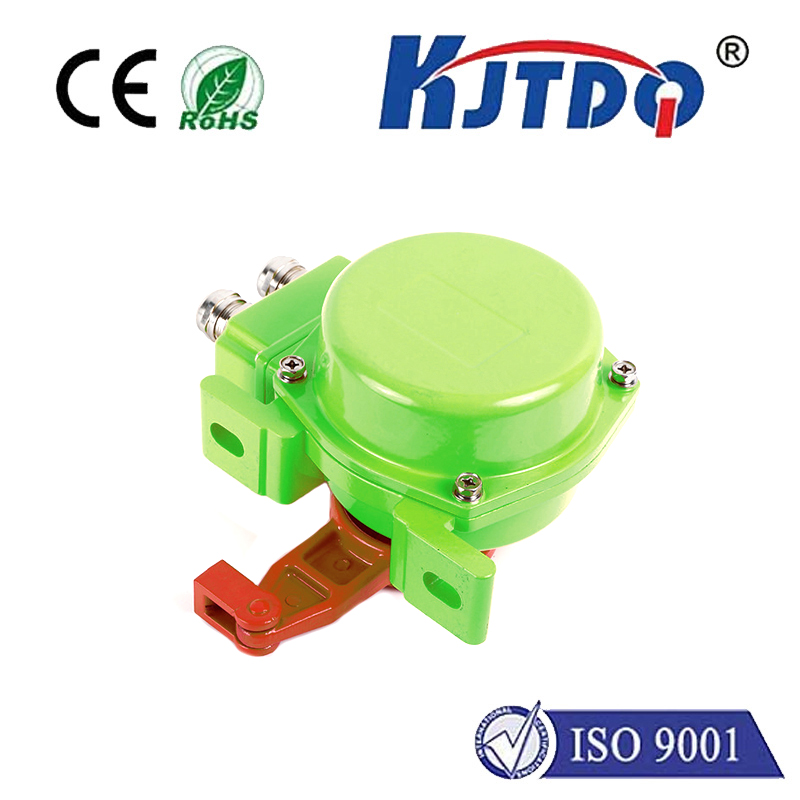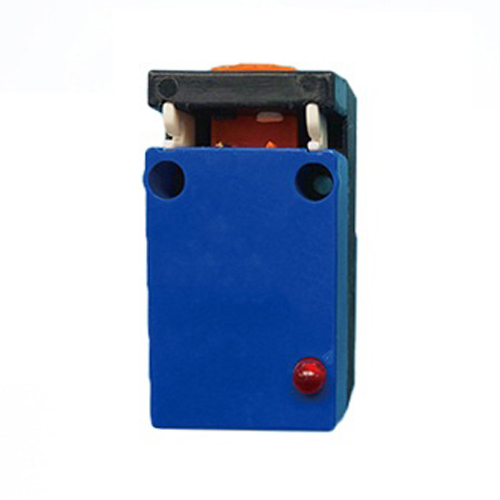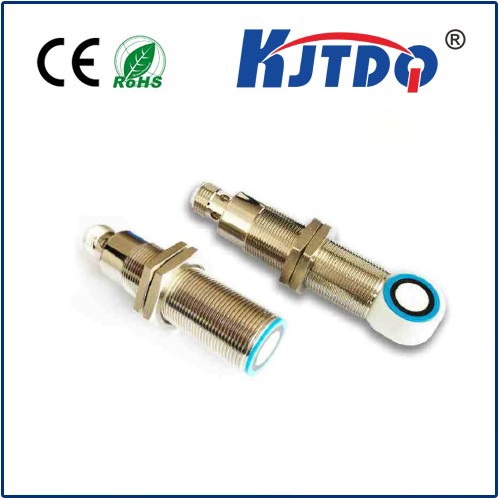proximity sensor xs1m12mb230
- time:2025-09-06 04:30:13
- Click:0
Unlocking Automation Potential: A Deep Dive into the XS1M12MB230 Proximity Sensor
Ever wondered how modern factories achieve such seamless operation, with machines starting, stopping, and interacting flawlessly without constant human intervention? Often, the unsung heroes enabling this precision are sensors like the inductive proximity sensor, silently detecting the presence or absence of objects. Among these, the XS1M12MB230 stands out as a highly reliable and widely implemented solution for demanding industrial environments. This article delves into the capabilities and applications of this specific sensor model, exploring why it’s a trusted component in countless automation setups.
Understanding the Proximity Sensor: The Foundation
At its core, a proximity sensor is a non-contact device designed to detect nearby objects without physical interaction. Unlike limit switches that require touch, proximity sensors generate an electromagnetic field or beam. When an object enters this field (within its specified sensing range), it disrupts the field’s properties, triggering a change in the sensor’s output state. This principle makes them ideal for detecting metal objects, offering advantages like:
- Non-contact operation: Eliminates mechanical wear and tear.
- High-speed detection: Capable of sensing objects moving at high velocities.
- Long operational life: No moving parts mean extended durability.
- Robustness: Often designed to withstand harsh industrial conditions like dust, oil, or vibrations.
Enter the XS1M12MB230: A Closer Look

The XS1M12MB230 is a specific model within Turck’s extensive lineup of inductive proximity sensors. The model number itself often conveys key characteristics:
- XS1: Typically indicates a cylindrical threaded barrel housing (M12 size in this case).
- M12: Denotes the standard M12 connector type, a ubiquitous 4-pin connection standard in industrial automation for easy plug-and-play installation.
- MB: Likely signifies specific electrical properties (e.g., Normally Open (NO) switching behavior).
- 230: This usually relates to the sensing range – in this instance, 2 millimeters (mm) is a common interpretation for this suffix within Turck’s naming convention.
Key Features and Capabilities of the XS1M12MB230
- Inductive Sensing Principle: This sensor specifically detects ferrous and non-ferrous metals. When metal objects enter its sensing range, they induce eddy currents, causing a detectable change in the sensor’s internal oscillator.
- M12 Threaded Barrel: The M12 x 1 threaded housing allows for straightforward mounting using standard locknuts, facilitating easy adjustment and secure positioning.
- M12 Connector: Featuring a 4-pin M12 quick-disconnect plug, it ensures rapid, tool-less installation and replacement, reducing downtime during maintenance. This standardized connector offers excellent resistance to vibration and environmental contaminants.
- Sensing Range: As inferred, its nominal sensing range is 2mm. This is the distance at which a standard target (typically an Fe360 steel plate) reliably triggers the sensor. Real-world range can vary slightly based on target material and size.
- Normally Open (NO) Switching: The XS1M12MB230 function is typically Normally Open. This means when no target is present (“open state”), the output circuit is inactive. When a metal target enters the sensing range, the output switches “closed,” completing the circuit.
- NPN Output Configuration: This model is an NPN type sensor. In simple terms, it sinks current to the negative (0V) supply line when active. NPN sensors are a standard output type compatible with many Programmable Logic Controllers (PLCs) and control systems.
- Operational Specifications: Designed for industrial use, it typically features:
- DC Voltage Supply: Commonly operates within a range like 10-30V DC.
- Robust Housing: Offers a high degree of protection, often IP67 rated or higher, making it resistant to dust ingress and capable of withstanding temporary immersion in water.
- Temperature Range: Built to function reliably across a wide temperature spectrum, often -25°C to +70°C.
- Short-Circuit & Reverse Polarity Protection: Essential safeguards against wiring errors or faults.
- EMC Compliance: Designed to meet electromagnetic compatibility standards, ensuring it doesn’t interfere with other equipment and is resistant to interference itself.
Why Choose the XS1M12MB230? Applications and Advantages
The combination of features makes the XS1M12MB230 particularly valuable:
- High Reliability in Harsh Environments: Its robust construction and IP67 protection make it suitable for challenging settings like automotive assembly lines, food & beverage processing (where washdowns occur), material handling systems, and machine tooling.
- Simplified Installation & Wiring: The M12 connector drastically reduces installation time and complexity compared to sensors requiring hardwiring. Replacement is equally swift.
- Precision Detection: The 2mm sensing range provides a good balance, allowing detection close enough for precision tasks without requiring excessively tight manufacturing tolerances.
- Cost-Effectiveness: As a standard component from a major manufacturer like Turck, it offers excellent performance and durability at a competitive price point, backed by widespread availability.
- Common Output Type: The NPN NO configuration is widely understood and directly compatible with the majority of PLC input cards designed for sourcing sensors.
Typical Applications:
You’ll find the XS1M12MB230 performing critical detection tasks in numerous scenarios:
- Position Verification: Confirming a cylinder is retracted or extended, a part is present in a fixture, or a slide has reached its end position.
- End-of-Travel Detection: Sensing when a moving element (like a conveyor shuttle or a robot arm) has reached its limit.
- Object Counting: Detecting metal parts passing by on a conveyor belt.
- Level Sensing: Detecting the presence/absence of metal objects in bins or tanks.
- Rotary Encoding: Monitoring the rotation of metal components, like detecting the presence of a bolt head on a rotating wheel.
- Machine Guarding: Contributing to safety systems by verifying protective covers are closed.
Installation Considerations for Optimal Performance
To leverage the full potential of the XS1M12MB230 proximity sensor:
- Mounting: Ensure secure mounting using the thread and locknut. Avoid over-tightening. Consider vibration levels.
- Flush vs. Non-Flush Mounting: This model is typically non-flush mountable, meaning it can sense targets approaching from the front but also potentially from the side near the sensing face. Ensure adjacent metal structures are outside its specified lateral sensing range (“immunity distance”) to prevent false triggering. Refer to the datasheet for exact specifications.
- Target Material & Size: While it detects various metals, the effective sensing range can be shorter for non-ferrous metals (like aluminum, brass, copper) compared to steel. Ensure the target is large enough (typically > the sensor face diameter) for reliable detection at the nominal range.
- Alignment: Position the sensor face perpendicular to the target path for the most consistent and maximum sensing range.
- Electrical Connection: Connect correctly according to the wiring diagram (Brown = +V, Blue = 0V, Black = Output, White = Typically not used in NPN NO sensors like this). Ensure proper grounding. Utilize the M12 connector correctly.
The XS1M12MB230 inductive proximity sensor represents a cornerstone of modern industrial automation. Its rugged design, standardized M12 connector, reliable 2mm sensing range, **N






